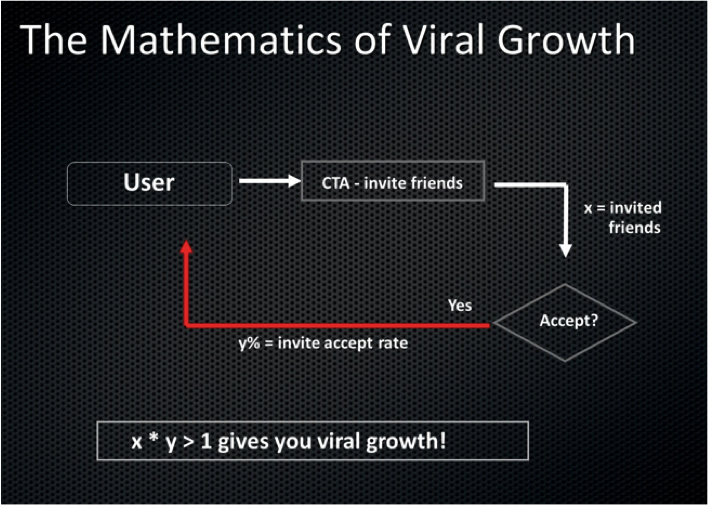Rohini Lakshané attended “Open Innovation, Entrepreneurship, and Our Digital Culture” in Bangalore on August 13, 2015. Major takeaways from the event are documented in this post.
Prof. Eben Moglen on FOSS and entrepreneurship
- The culture of business in the 21st century needs open source software or free software because there is one Internet governed by one set of rules, protocols and APIs that make it possible for us to interact with each another. The Internet made everybody interdependent on everybody else. Startup culture needs free and open source software (FOSS) because startups are an insurgency, a guerrilla activity in business. The incumbents in a capitalistic world dislikes competition and detests that existing resources, such as FOSS, enable insurgents to circumvent some of the steep curve that they had to climb in order to become incumbents.
- Hardware is developing in ways that make the idea of proprietary development of software obsolete. There is no large producer of proprietary software that isn’t also dependent on FOSS. Microsoft Cloud is based on deployments that do not use Windows but are based on FOSS. The era of Android as a semi-closed, semi-proprietary form of FOSS is over. Big and small companies around the world are exploiting the open source nature of Android.
- Free software is a renewable resource not a commodity. Management is needed to avoid over-consumption or destruction of the FOSS ecosystem. Software is to the 21st century economic life what coal, steel, and rare earth metals were at the end of the previous century.
- FOSS turned out to be about developing human brains. It turned out to be about using human intelligence in software better. Earlier universities, engineering colleges and research institutions were the greatest manufacturers and users of FOSS. Now businesses of all sizes are.
- When Richard Stallman and Prof. Eben Moglen set out to make GPL free, they initiated a large public discussion process, the primary goal of which was to ensure that individual developers have as much right to talk and to be heard as loudly as the largest firms in the world. At the end of the negotiation process, 35 or 36 of the largest patent holders in the IT industry accepted the basic agreement to be a part of the commons. — Incumbents like people to pay for a seat at the table. Paying to have an opinion is a pretty serious part of the landscape of the patent system.
Prof. Eben Moglen on Digital India
- Every e-governance project that the Indian government buys should use FOSS. The very nature of the way the citizens and governments interact can come to be mediated by software that people can read, understand, modify, and improve. An enormous ecosystem will come up — a kind of public–private partnership (PPP) in the improvement of governance and government services, which is far more useful than most other forms of PPP conceptualised in the developed world in the 20th century.
- Everybody has a stake in the success of this policy. Several corporations are working against this policy as they once stated that they do not need FOSS.
- The biggest market for both making and consuming software in the world is in India, because the science done here will dominate global software making, which in turn will define how the Internet works, which in turn will define society. One can’t develop the largest society on earth by reinventing the wheel. The government is going to understand that only the sharing of knowledge and the sharing of forms of inventing would enable the largest society in the world to develop itself freely and take its place in the forefront of digital humanity.
- If every state government’s data centre across India is going to be turned into a cloud, one state might have VMWare, another might have AWS, and so on, it would be disastrous. To prevent this, all e-governance activities of every state government and federal agency in India could be conducted in one, big, homogeneous Indian cloud. This would enable utility computing across the country for all citizens, which would also make room for citizen computing to happen. When one moves towards architectures of omnipresent utility computing with large amounts of memory flatly available to everybody, one is going to be describing a national computing environment for a billion people. We can’t even begin to model it until we start accomplishing it.
- Prof. Eben Moglen’s ambition is that there comes a time not very long from now when basic data science is taught in Indian secondary schools. The software is free and all the big data sets are public. A nation of a 100 million data scientists rules the world.
Keith Bergelt on the Open Invention Network
- Over the past 10 years, Open Invention Network (OIN) has emerged as the largest patent non-aggression community in the history of technology. It has around 1,700 participants and is adding almost 2 participants every day. In the last quarter, OIN had approximately 200 licensees.
- There is now a cultural transformation where companies are recognising that where OIN members collaborate, they shouldn’t use patents to stop or slow down progress. Where members compete, they choose to invent while utilising defensive patents publications. What we are doing is a patent collaboration and a technical collaboration that exists in major projects around the world.
- OIN has been making a major effort since January 2015 to spend more time in India and China to be able to ensure that the technological might and expertise represented in the two countries can be a part of the global community, and that global projects can start here. “We can expect to leverage the expertise of the community to be able to drive innovation from here [India and China]. It’s not about IBM investing a billion dollars a year since 1999 and having some birthright to driving the open source initiatives around the world or about Google or Red Hat or anyone else. You have the ability to impact major changes and we want to be able to support you in the name of freedom of action as participants.”
Panel Discussion
Patent Wars and Innovation
- In the past 5 to 7 years, patent wars in the handset segment of the information technology (IT) market have wasted tens of billions of dollars on litigation, and on raising the price of patent armaments. This patent litigation was purely an economic loss to the IT industry and it contributed nothing. If the patent system strangles invention, non-profit groups, non-commercial bodies, free software makers, and start-ups cannot invent freely.
- Defensive patent publications, such as those made by IBM, lead to the gross underestimation of the inventive power and output of the company. People are struggling to find something to evaluate the productive output of an entity – startup, micro-industry or macro-industry. Patents are being used inappropriately and it’s part of the corruption of the patent system. Any venture capitalist (VC) who believes that either the innovative capacities or the potential success factors of a start-up are tied to its patents should know that there are only a minuscule number of cases where patents are the differentiator. The differentiators required in order to sustain business are how smart the people are, how quickly they innovate, and how quickly they are able to adapt to complex situations. We see a trend in the US of not equating patents with innovation. The core-developer and hacker communities are largely anti-patent.
- However, the flip side is that if the FOSS communities do not patent defensively, i.e., acquire and publish patents for their inventions in order to prevent others from getting patents in one jurisdiction or another, patent trolls will eventually encroach on the communities’ inventive output. The only people making money out of this whole process are lawyers. It is slowing down the uptake of technology by creating fears and doubts in the system.
- FOSS communities didn’t qualify everything produced in the 23 years of (Linus’) Linux, which would have let the service serve as stable prior art, preventing other people from filing patents. We can debate what is patentable subject matter in general or whether software should be patentable, but in the meantime if we can be proactive and file everything that we have in defensive publications and make it accessible to the patent and trademark offices here and around the world, we will have far fewer patents. We need to be activists in making sure that people can’t file patents that are representative of the creativity of a community.
- The Chinese government has instituted a programme designed to produce defensive publications in order to capture all the inventiveness across their industries, to be able to ensure that the quality of what ultimately gets patented is at least as high.
- The US has a massive repository called ip.com, which is with every patent examiner of the USPTO.
- India does not grant software patents as per section 3(k) of the Indian Patents Act, but that doesn’t mean that no software patents are being granted. One of the empirical studies conducted by the Software Freedom Law Centre (SFLC) in India shows that 98.3% of the [telecom and computing technology] patents granted till 2013 went to multinational corporations. Almost none of the assignees are Indian.
- In the context of the ongoing patent infringement law suits filed in the Delhi High Court by Ericsson [link]: The Delhi High Court has had a reputation of being very pro-intellectual property from the beginning.
- Also, there is pressure from trade organisations. In August 2015, Ericsson along with ASSOCHAM invited the Director General of the Competition Commission of India to present a paper about why patents are good. It is essential to determine how the rules of conflict of interest apply here. This is exactly what the pharmaceutical industry would do. The only bodies who would object are Doctors Without Borders (MSF) or some local organisations who realise that high priced patented drugs is not what India needs and that we do not need to have the same IP policy as the US or Japan. We only need a different policy.
- The Special 301 Report of the United States Trade Representative (USTR) is a big sham, and it suggests that India doesn’t have strict enforcement of IP law. India does, unlike China.
- Accenture has been granted a software patent in India. The patent is about an expert present in a remote location transferring knowledge to somebody who is listening in another location. Universities offering MOOCs, BPOs, and many other services would fall under such a patent. SFLC spent four years trying to fight this patent. The first defence of Accenture’s battery of lawyers was that they won’t use the patent.
- Patents of very low quality are being bought at very high prices. The tax system or the subsidy system for innovation regards all patents as equal. This is a pricing failure and that should be corrected by other forms of intervention. The pendulum has already begun to swing the other way. Alice Corp was the third consecutive and unanimous ruling by the US Supreme Court that abstract ideas are not patentable. Patent applications pertaining to business methods and algorithms are increasingly being rejected by the USPTO after the ruling.
Prof. Eben Moglen on Facebook:
Facebook is a badly designed technology because there is one Man in the Middle who keeps all the logs. The privacy problem with Facebook is not just about what people post. It’s about surveillance and data mining of web reading behaviour. It is a social danger that ought not to exist. I have said since 2010 is that we can’t forbid it; let’s replace it. It means bringing the web back as a writeable medium for people in an easy way. What I see as next-generation architecture could just as well be described as Tim Burners Lee’s previous generation architecture.
You have to be able to trust the Internet. If you can’t, you are going to be living in the shadow of govt surveillance, corporate surveillance, the fear of identity theft, and so on. We need to be able to explain to people what kind of software they can trust and what kind they can’t. Distributed social networking will happen; it’s not that difficult a problem.
An example of federated networking is Freedombox, a cheap hardware doing router jobs using free software in ways that encourage privacy. The pilot project for Freedombox has been deployed in little villages in Andhra Pradesh and Karnataka. These routers don’t deliver logs to a thug in a hoodie in Menlo Park.
By Rohini L, Reblogged from the The Centre for Internet and Society Blog.


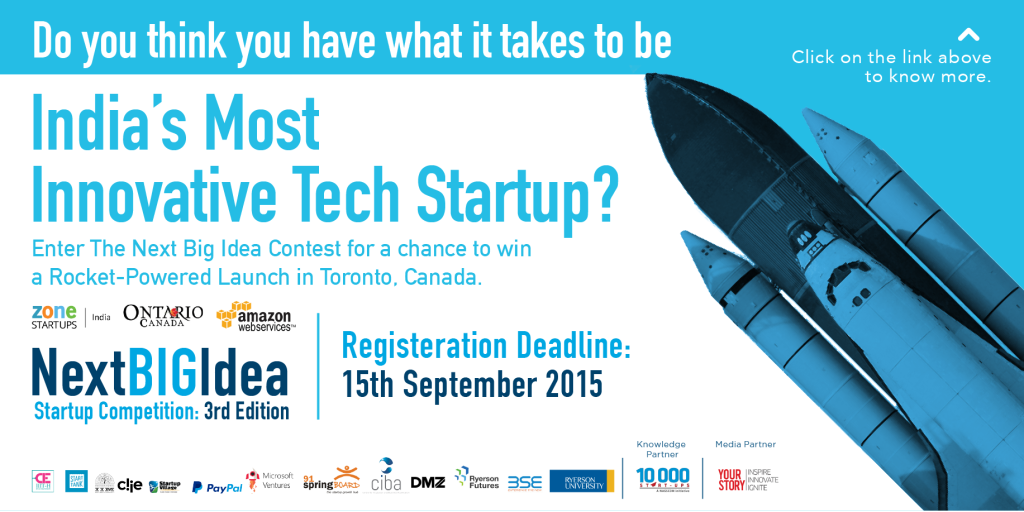
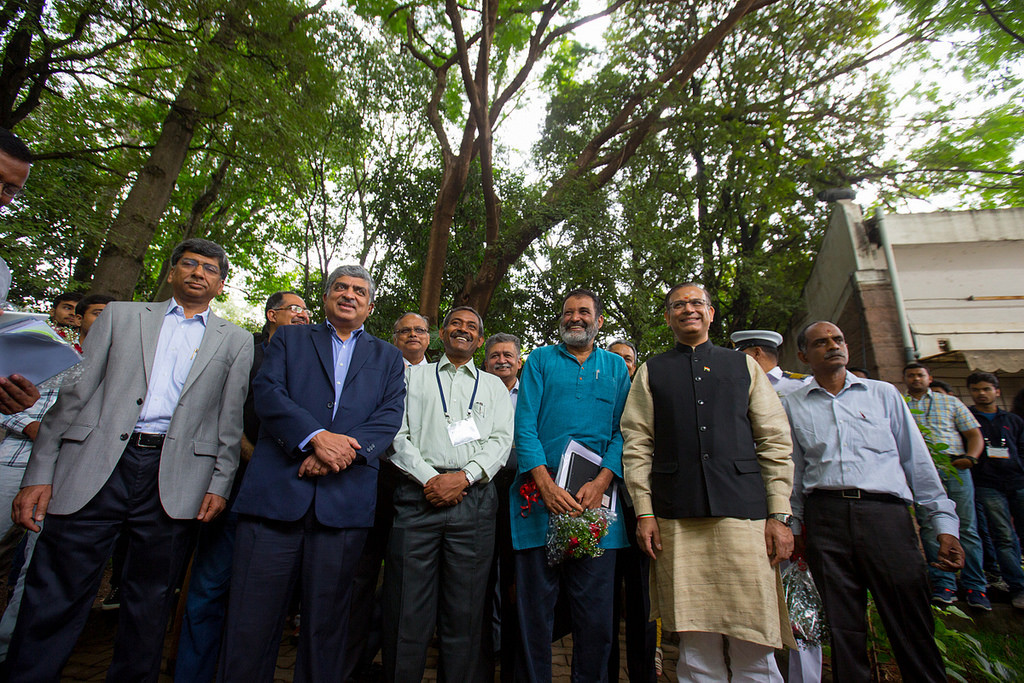
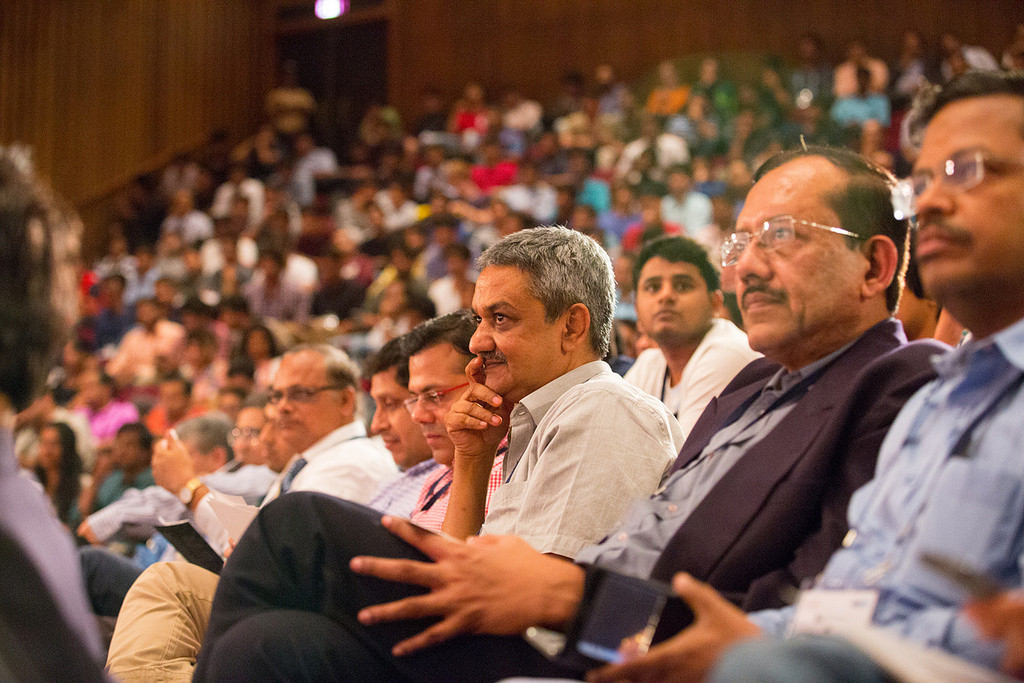
 The registration was smooth – go to the designated counter, pick your tag, go online.
The registration was smooth – go to the designated counter, pick your tag, go online.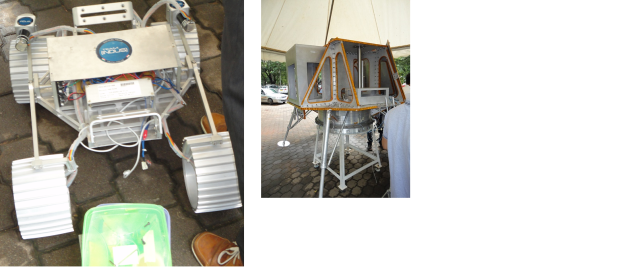



 .
. .
.


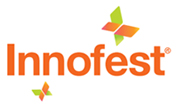 The stage is set, I have received my invite to Innofest’15 and look forward to the day with great anticipation. I have just completed my engineering degree from Davanagere, and have received two offers, both through campus interviews. Both seem interesting, and both are in technology, after all thats where everything is today.
The stage is set, I have received my invite to Innofest’15 and look forward to the day with great anticipation. I have just completed my engineering degree from Davanagere, and have received two offers, both through campus interviews. Both seem interesting, and both are in technology, after all thats where everything is today. With the growing penetration of technology, Internet, and digital medium, there is an increasing need for protecting critical infrastructure of the country. If compromised, these infrastructure can bring down the entire nation to stand still. With the nation going Digital India and the Prime Minister himself talking about security frequently, and challenging Indian citizens to create products that will server the nation and the world, we at iSPIRT are taking this
With the growing penetration of technology, Internet, and digital medium, there is an increasing need for protecting critical infrastructure of the country. If compromised, these infrastructure can bring down the entire nation to stand still. With the nation going Digital India and the Prime Minister himself talking about security frequently, and challenging Indian citizens to create products that will server the nation and the world, we at iSPIRT are taking this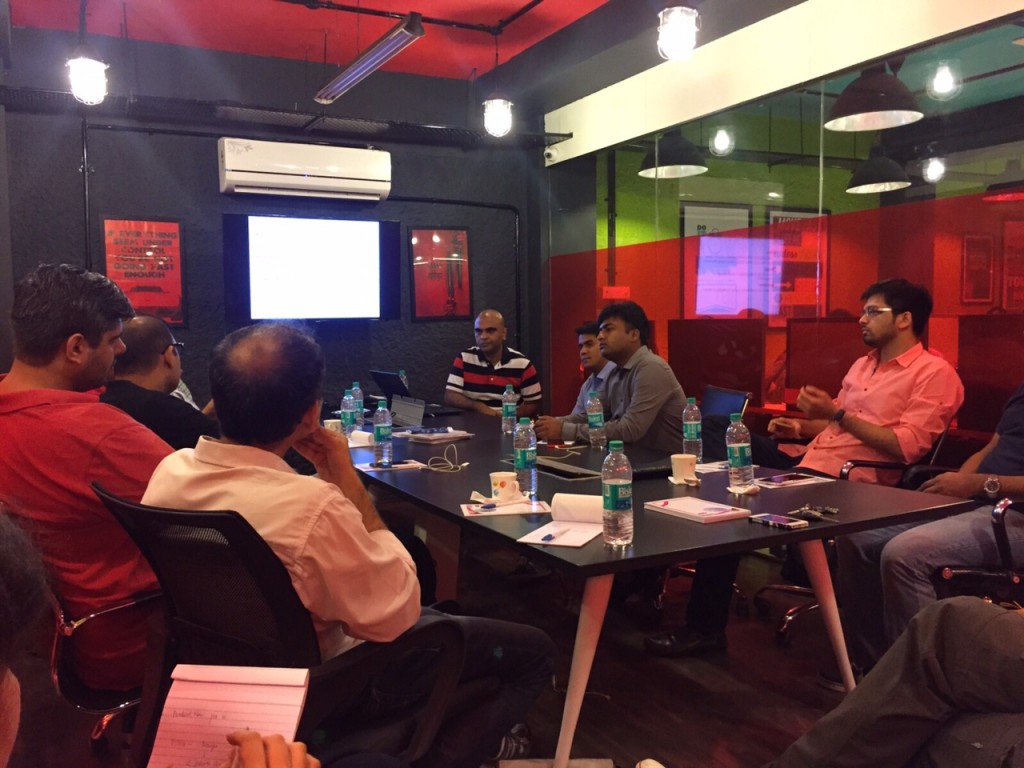 “A great product manager has the brain of an engineer, the heart of a designer, and the speech of a diplomat”
“A great product manager has the brain of an engineer, the heart of a designer, and the speech of a diplomat”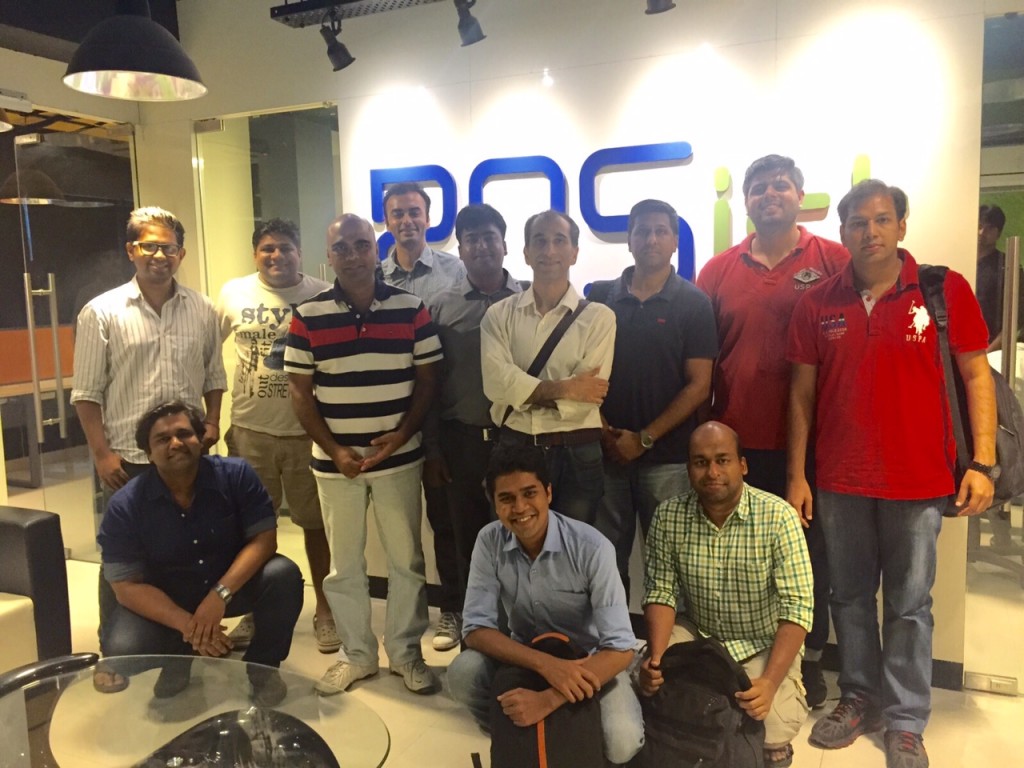 Amit emphasised the importance of tracking the product’s viral coefficient which is the number of additional members every new member brings. It should be greater than 1 for the product to become viral.
Amit emphasised the importance of tracking the product’s viral coefficient which is the number of additional members every new member brings. It should be greater than 1 for the product to become viral.